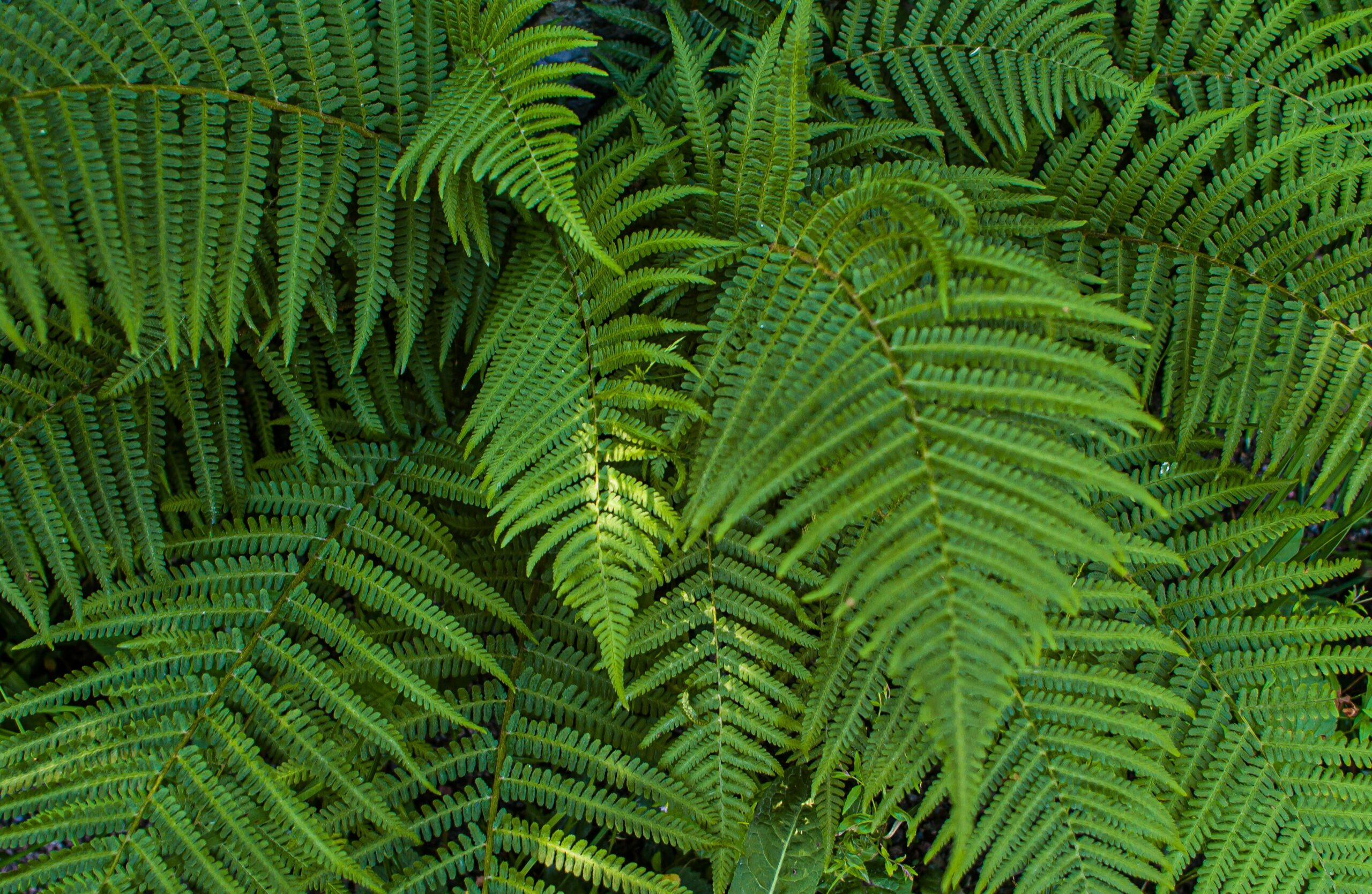Embracing the allure of hanging plants is a wonderful way to infuse life and greenery into your indoor spaces. For areas with limited sunlight, finding the right hanging plants becomes essential. We’ll explore some good hanging plants for shade and uncover the botanical wonders that thrive in the gentle embrace of low-light conditions.
The Appeal of Hanging Plants in Shade
Hanging plants have a unique ability to bring a touch of nature to spaces where direct sunlight may be scarce. Whether you have a cozy corner, a shaded balcony, or a room with filtered light, these plants add an elegant and refreshing aesthetic. The key lies in choosing varieties that flourish in lower light settings.
Some Good Hanging Plants in Shade
Spider Plant (Chlorophytum comosum):

Description: The Spider Plant is renowned for its arching leaves and air-purifying qualities, making it an ideal choice for shaded spaces.
Care Tips: Keep the soil consistently moist, and allow the plant to dry out between waterings.
Pothos (Epipremnum aureum):
Description: With its cascading vines, Pothos, or Devil’s Ivy, is a versatile and hardy hanging plant that thrives in low-light conditions.
Care Tips: Prefers slightly moist soil and can adapt well to various light levels.
Boston Fern (Nephrolepis exaltata):

Description: The feathery fronds of the Boston Fern add a touch of sophistication to shaded areas, making it a classic choice.
Care Tips: Requires higher humidity levels, so mist occasionally, and keep the soil consistently moist.
Heartleaf Philodendron (Philodendron hederaceum):
Description: Known for its heart-shaped leaves, the Heartleaf Philodendron is a low-maintenance trailing plant that thrives in lower light conditions.
Care Tips: Allow the soil to slightly dry between waterings; it can tolerate moderate shade.
Caring for Hanging Plants in Shade
Maintaining the health and vibrancy of your hanging plants in shaded areas requires a few considerations:
Watering: Adjust watering frequency based on the specific needs of each plant. Ensure the soil is consistently moist but not waterlogged.
Light Levels: While these plants are suitable for shade, providing some indirect or filtered light can enhance their growth and appearance.
Humidity: Some shade-loving plants, like Boston Ferns, benefit from higher humidity levels. Mist the plants occasionally to mimic their natural environment.
Conclusion:
Elevate your indoor spaces with the timeless beauty of hanging plants that thrive in shade. The key is to choose varieties that not only tolerate low-light conditions but also enhance the aesthetic appeal of your home. With the right care and attention, these good hanging plants for shade will bring a touch of nature’s elegance to your living spaces.
